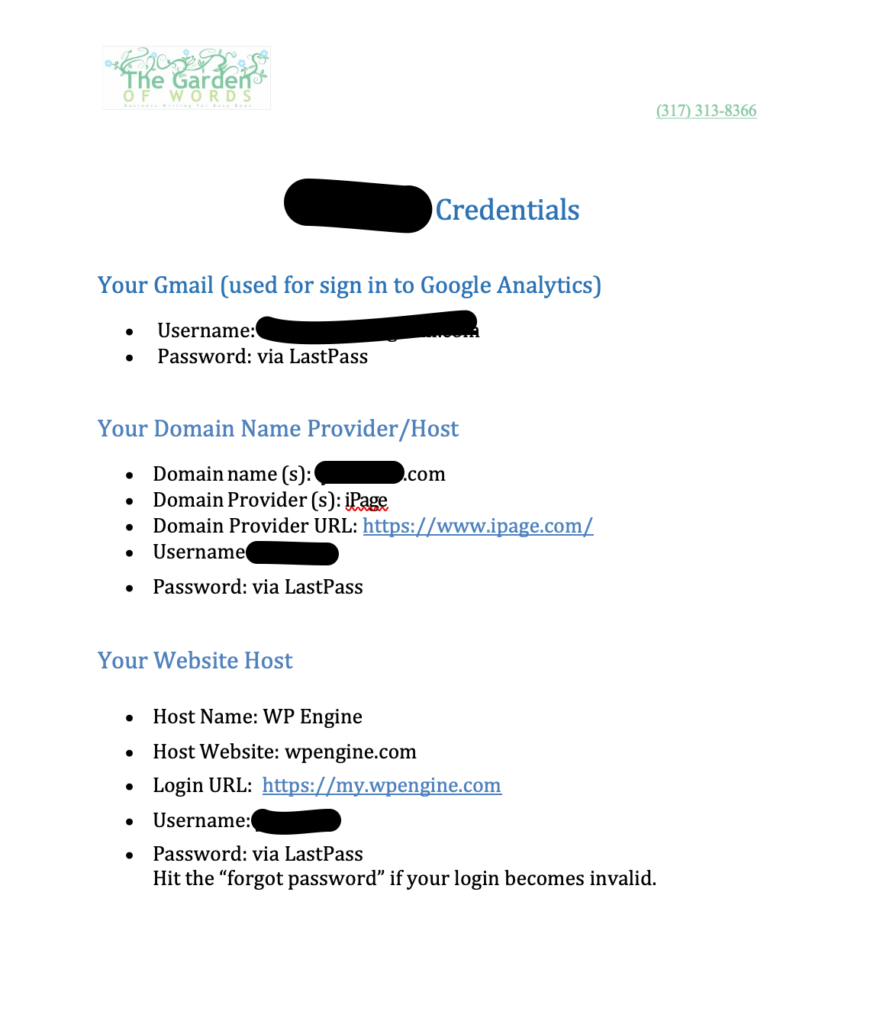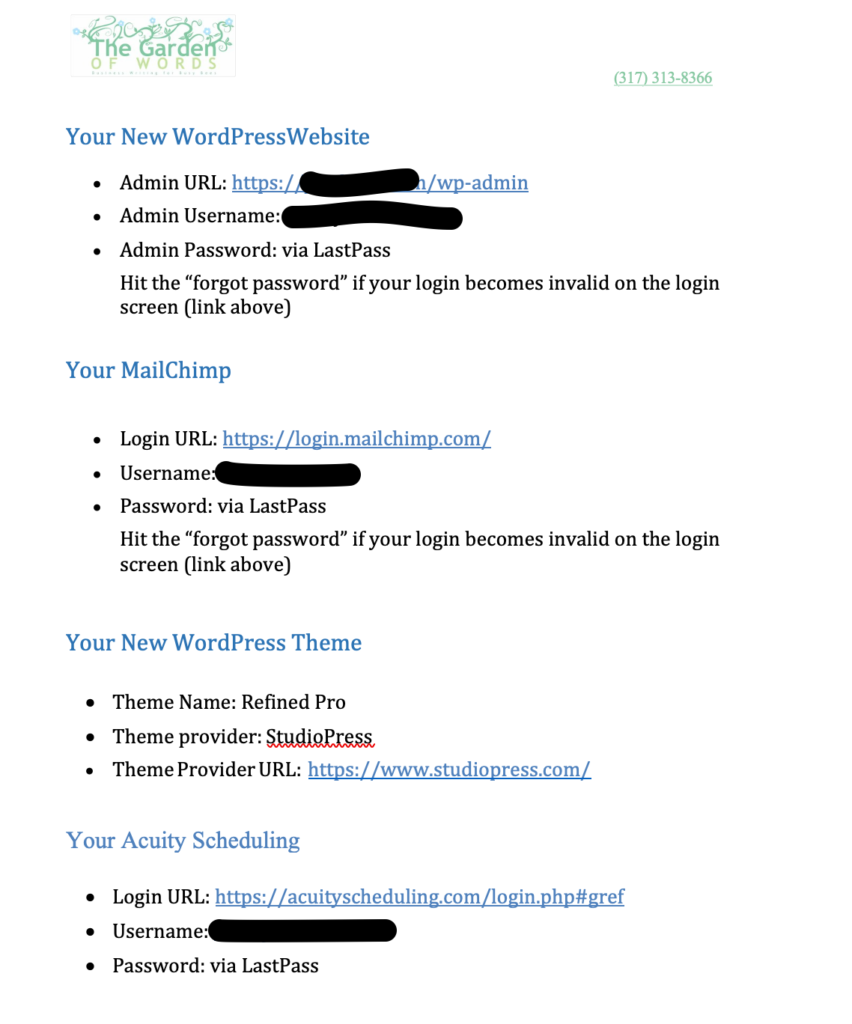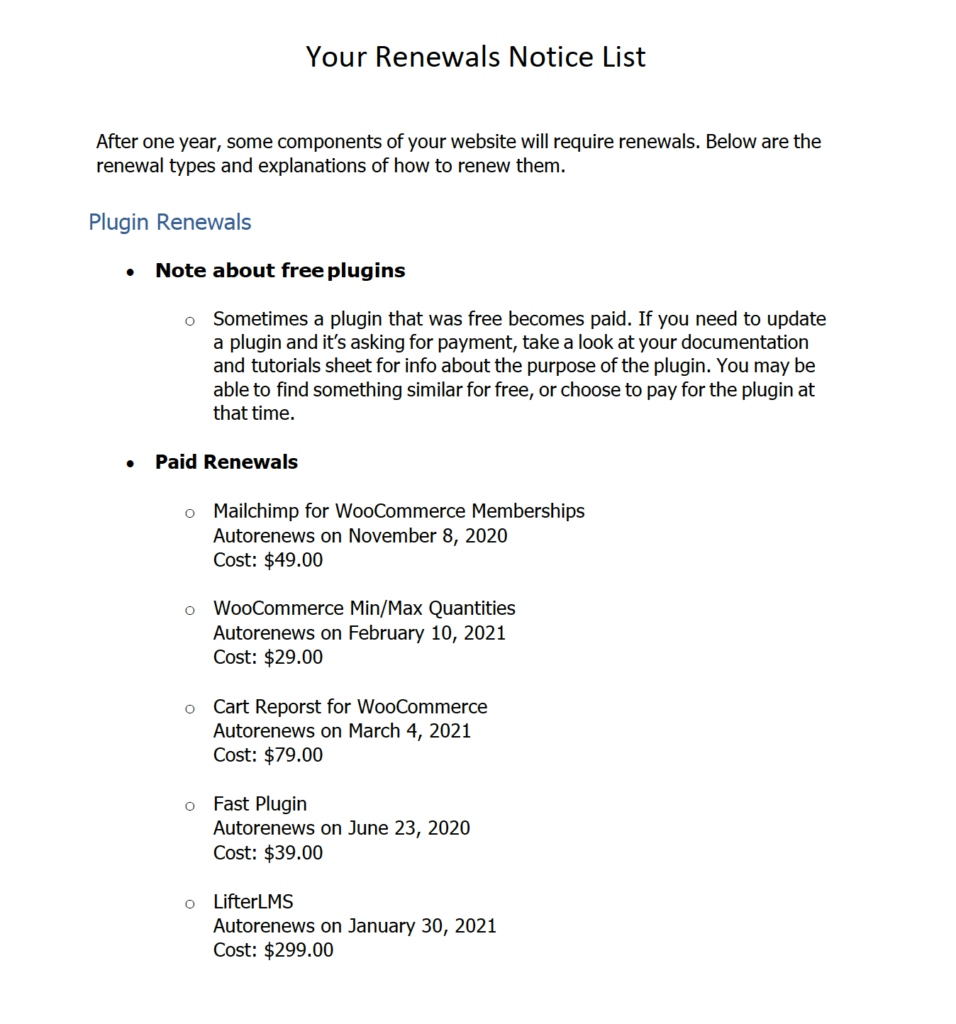
How it started: “I’m putting chihuahua sweaters on my baby goats!”
How it’s going: “I’m burning my desk to make charcoal so I can filter my water.”
Those are the actual text messages from Jenny and Steph this week.
They’re two of my main team members. (That’s woo-speak for “staff” but they’re so much more than staff.) They both live in Austin, TX.
And you know what’s happening in Austin right now, yes?
They’ve had better weeks, for sure.
And they’re some of the fortunate ones.
So, what happened when a third of my staff were out? And not just out, but in actual danger?
I stopped.
Before I did anything. I stopped.
Mallary and I got together (on Zoom) and looked at what was coming. We discussed, considered, and figured out what kind of room we needed to sort things out.
We stopped. We stopped working and started thinking. We just took a pause.
And then we rescheduled 20 phone calls and sent a bunch of emails. (Thank you, wonderful clients, for being so awesome about rescheduling!)
And then we stopped again, because we were tired after working 13 hours a day and we didn’t want to do anything dumb.
We rescheduled 5 more calls.
By Tuesday night, we knew that “Katie’s day off” on Friday (tomorrow) needed to turn into “GOW is closed Friday, February 19th.”
Before you go – stop.
It’s really tempting to me, when I see an absolute avalanche of work hurtling toward me, to just go. Go go go go go go go.
If I worked tomorrow, I could get more done, yes.
But the things is, *I’m done.*
None of us have finite resources and we’re all pretty close to running on empty as it is by now, so as business owners, especially as horticultural business owners, we have to know when we need to stop for a minute so we can keep going for the rest of the year.
Business hack: How to stop
“But, but but but I can’t possibly stop! Who will do everything?” you say.
Maybe you can’t stop now, but here’s how to ensure you can stop in the future:
1. Make a DRP
2. Make exit and re-entry plans.
DRP – Disaster Recovery Plan
“Disaster Recovery Plan” sounds very dire. Really, it’s just a set of keys to your business and an instruction manual for driving it.
When we create websites for clients we give them a “launch package” when the site goes live. It contains list of items we used to build the site, where the site is hosted, the domain is hosted, plugin renewals, and more. Here are some example pages:



The reason why we do this is because we want our clients to always be able to find help if something happens to us.
They should, in theory, be able to hand this package to any other web developer, and that developer could pick up where we left off.
It’s the whole “If we get hit by a bus” scenario.
The launch package is a good beginning for a DRP. It’s the keys to the website. Your business is more than a website.
What happens if you or a staff member gets hit by a bus? Here are some other things to document so that someone else can do things while you’re out.
DRP Checklist
- Current list of clients, with contact info and a brief summary of the project you are working on for them, along with the status.
- Current list of suppliers/vendors (of labor, skills, plants, hardgoods), what they provide, contact info, and how they can help in the event of an emergency.
- File storate information and access.
- Email program information and access.
- Critical SAAS (Software as a Service – such as MailChimp, GDrive, Shopify) passwords.
- Processes and procedures for crucial business tasks.
OF COURSE there is a lot more than can go into a DRP, but think about it. What if you woke up tomorrow and all you could do would be to hand off a laptop and say “good luck” to someone to keep your business while you’re gone?
That happened to someone I know. And someone else I know ran his business for sevral months. Then he, stepped back in.
| The launch package is a good beginning for a DRP. It’s the keys to the website. Your business is more than a website. What happens if you or a staff member gets hit by a bus? Here are some other things to document so that someone else can do the things while you’re out. DRP Checklist Current list of clients, with contact info and a brief summary of the project you are working on for them, along with the status. Current list of suppliers/vendors (of labor, skills, plants, hardgoods), what they provide, contact info, and how they can help in the event of an emergency File storage information and access Email program information and access Critical SAAS (Software as a service – such as MailChimp, GDrive, Shopify) passwords Processes and procedures for crucial business tasks Of COURSE there is a lot more that can go into a DRP, but think about it. What if you woke up tomorrow and all you could do would be to hand off a laptop and say “good luck” to someone to keep your business running while you’re gone? That happened to someone I know. And someone else I know ran his business for several months. Then, he stepped back in. That is happening with us, this week. But it hasn’t been a disaster, because we (some might say) OBSESSIVELY document processes and project statuses. When someone is out, the rest of us can step in. Getting to that place has not been inexpensive. It has taken a lot of labor hours, a lot of discussion, a lot of FEELINGS. But it is worth it, because we can all take breaks, planned or unplanned, without the whole business crashing down. I love a good break. I love to stop. (The DRP is also useful in planning your technology jumps. I was going to talk about those in this newsletter but then weather intervened. Next time!) |
The Exit and Re-entry plans
You know that major heartburn that you get on Sunday nights before work starts? Or how anxious you are on the last day of your vacation?
Re-entry kinda sucks, even with a plan, but a plan to go and a plan to come back can help it suck less.
The “Go” Plan
- Alert clients & staff to upcoming break XX weeks and XX days in advance. Inform them about emergency contact info. (Do you run a membership program? Someone needs to babysit it while you’re gone.)
- Finish deliverables only you can do.
- Delegate responsibilities XX weeks before. (Inform staff about what they’ll be responsible for while you’re gone). If possible, get someon to process your emails while you’re away so you don’t come back to 1,000 unread emails.
- Conduct a clean handoff. A few days to a week before you’re scheduled to be away for an extended period, conduct meetings with or send detailed emails to staff and/or clients, individually, to ensure that they have the materials and info they need to operate while you’re away.
- Write out of office email (include emergency contact info). Turn it on.
- Step away. (Resist the urge to check email or respond to clients – other than SOS communication – while you’re out if you have said that you’re not going to be responding. If you respond, you will train yourself and them to not respect the boundaries you’ve set and then what’s the point of being away?)
What else would you add to your “go” list?
The Re-entry Plan
- Schedule one whole day off after you return from traveling unless you return home on a Friday.
- Keep between one and three days after you return to work clear of meetings. There will be plenty to do.
- Hold re-entry calls with staff and/or clients to catch up for “clean hand back.” It’s important that everyone knows who is “holding the wheel” at any given time. A clean resumption of duties is as important as a clean handoff.
- Review upcoming work and move things around if needed.
What else would you add to your re-entry plan?
See, just reading these checklists make me feel calmer about the potential to have another week off again!
Handy Links
Handy Links How to capture more revenue from online talks Blur an image so you can use it as a background. Mailto HTML code World Time Buddy (What time is it in _______ when it is 9am where I live? Useful for teams with remote workers.) Font identifier Privacy Policy/ Terms of Service Generator Melt With You, Modern English (YouTube link.) Learn to watercolor and draw in perspective |
Need help with something? Email me. I’ll get back to ya on Monday! Have a wonderful weekend. See you in the inbox in two weeks. |




